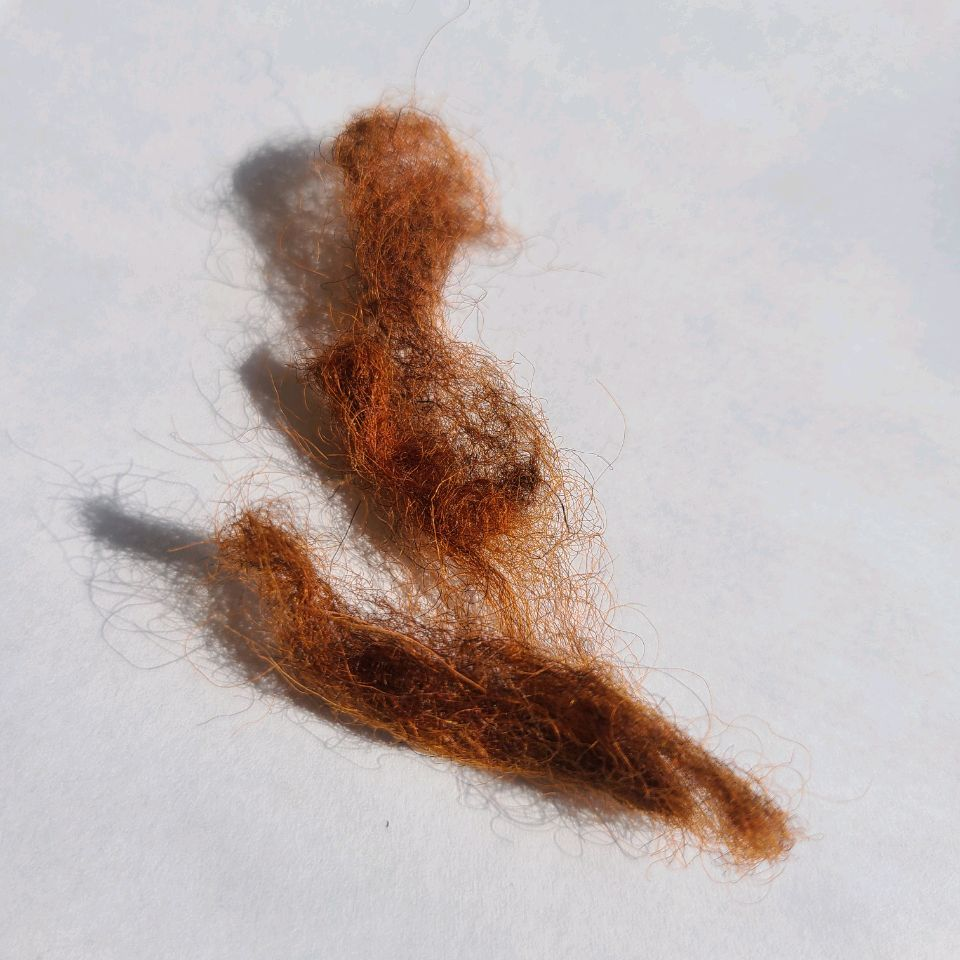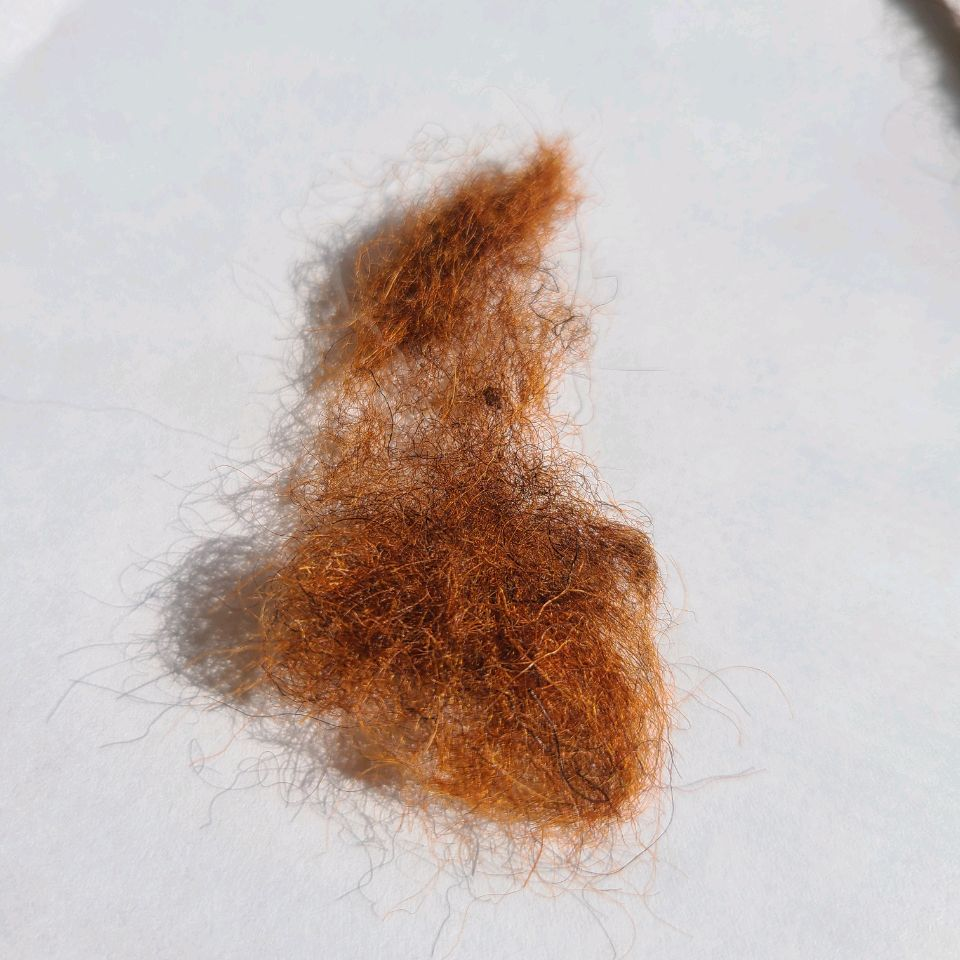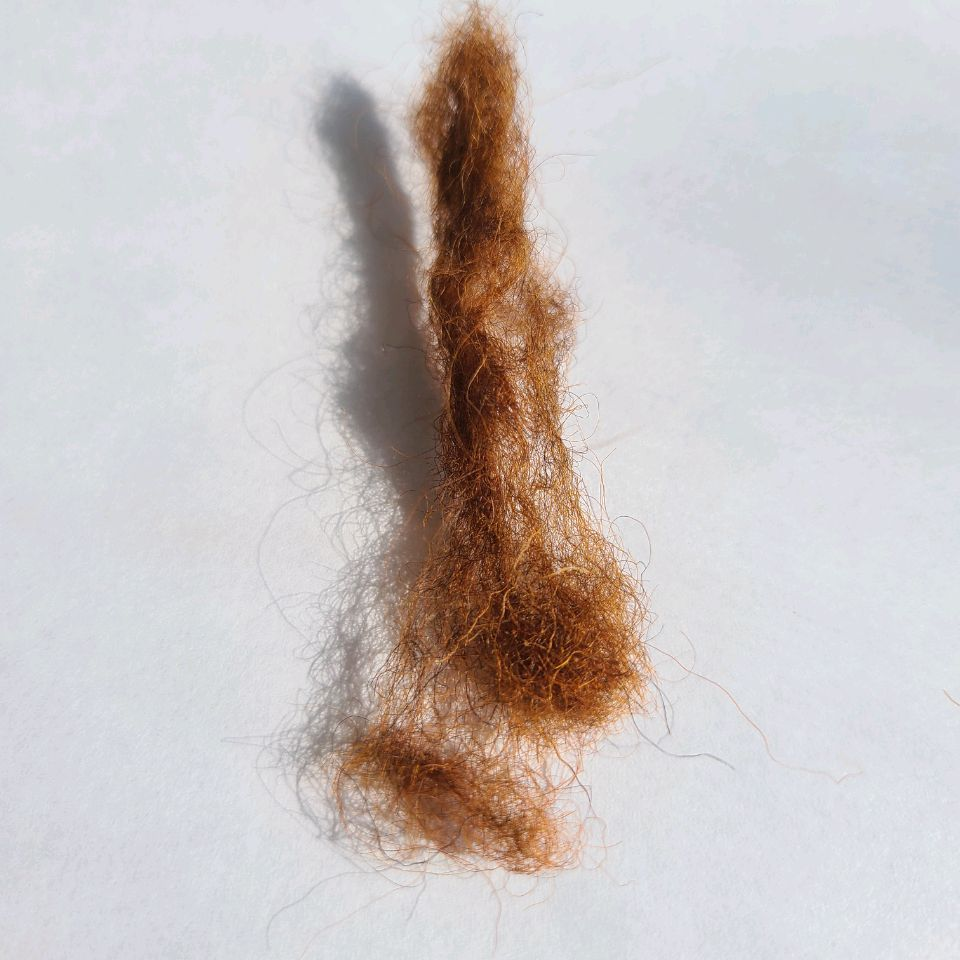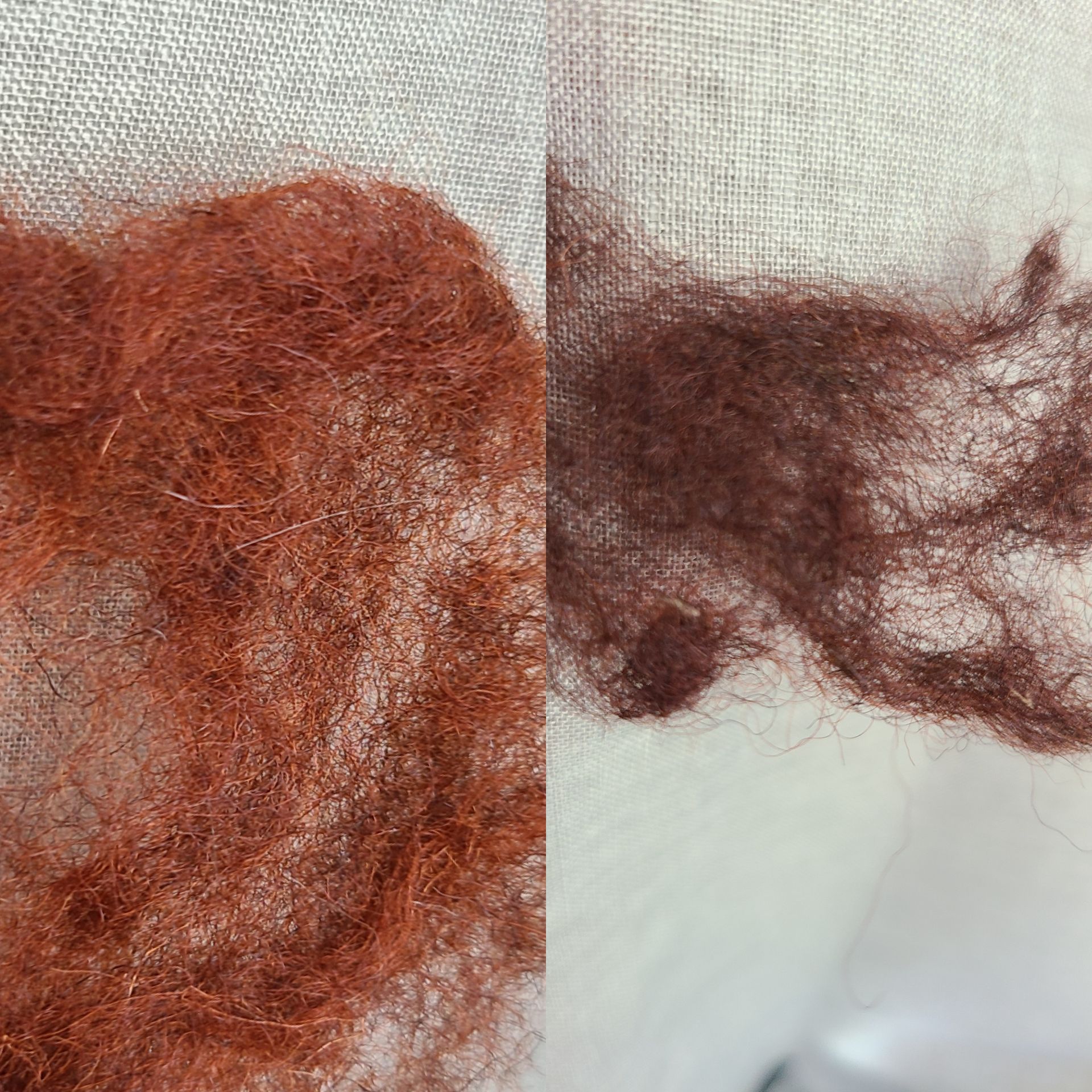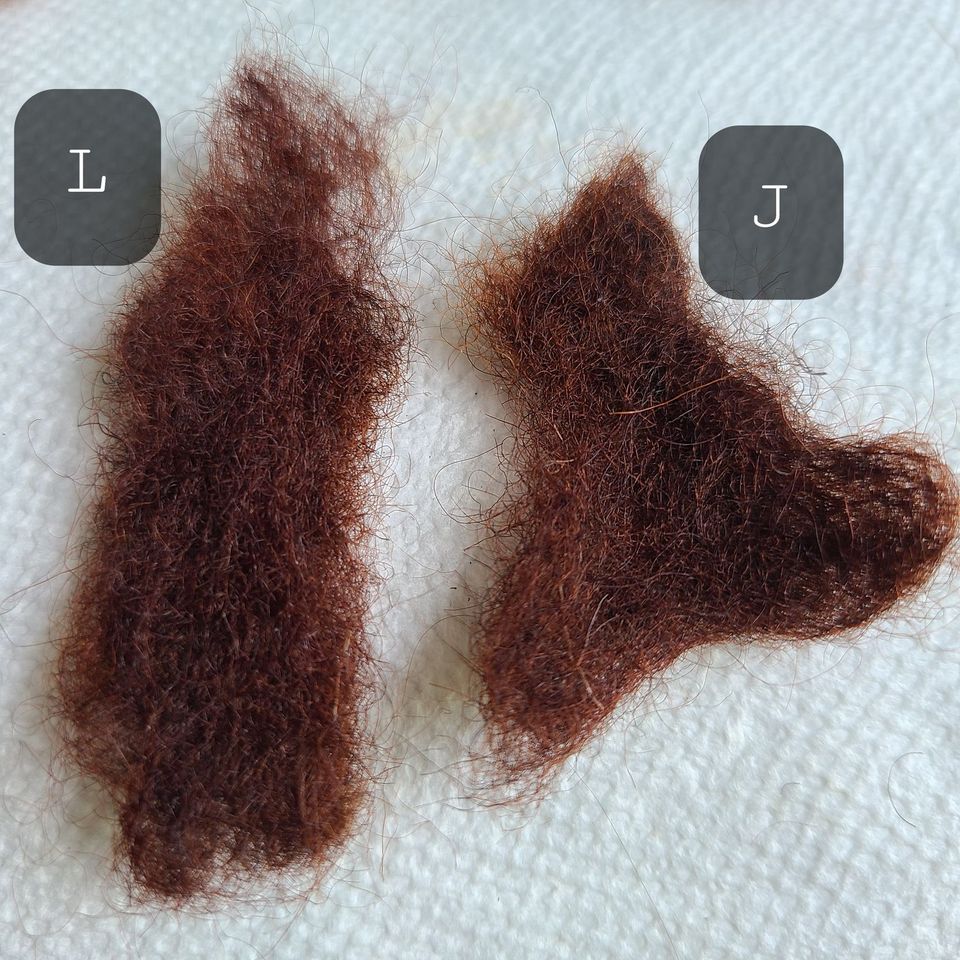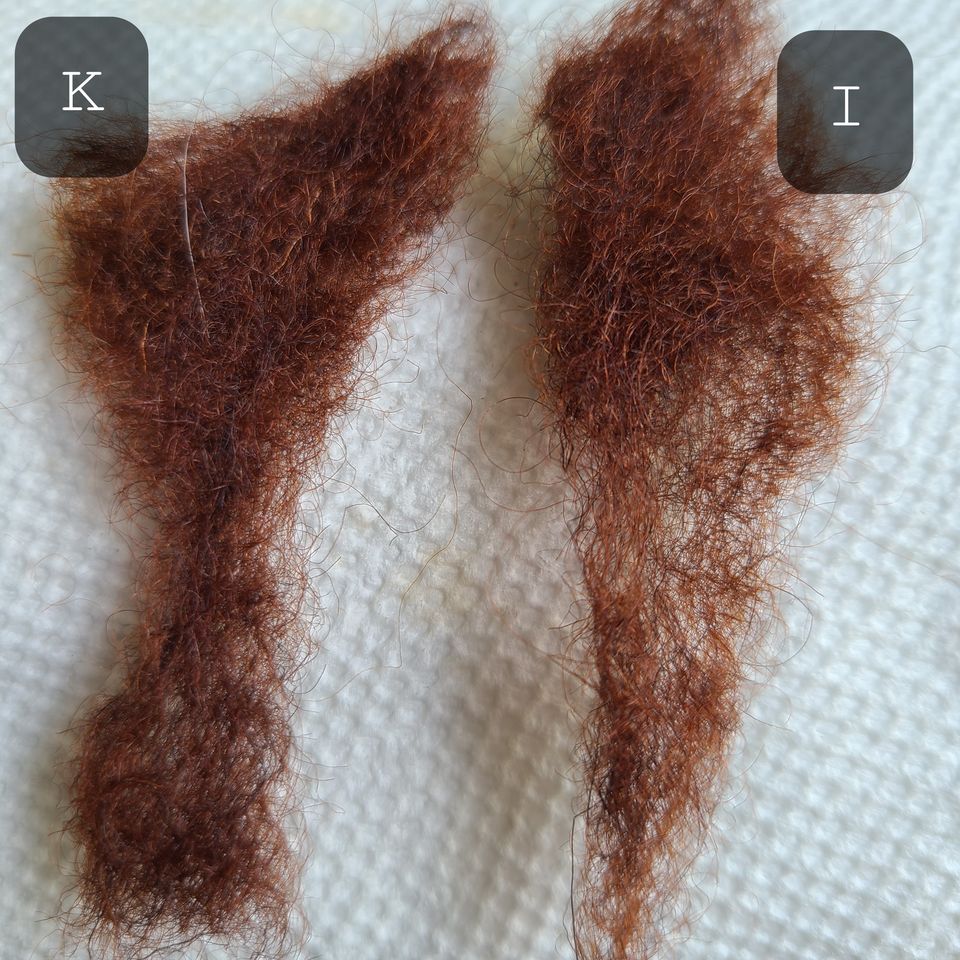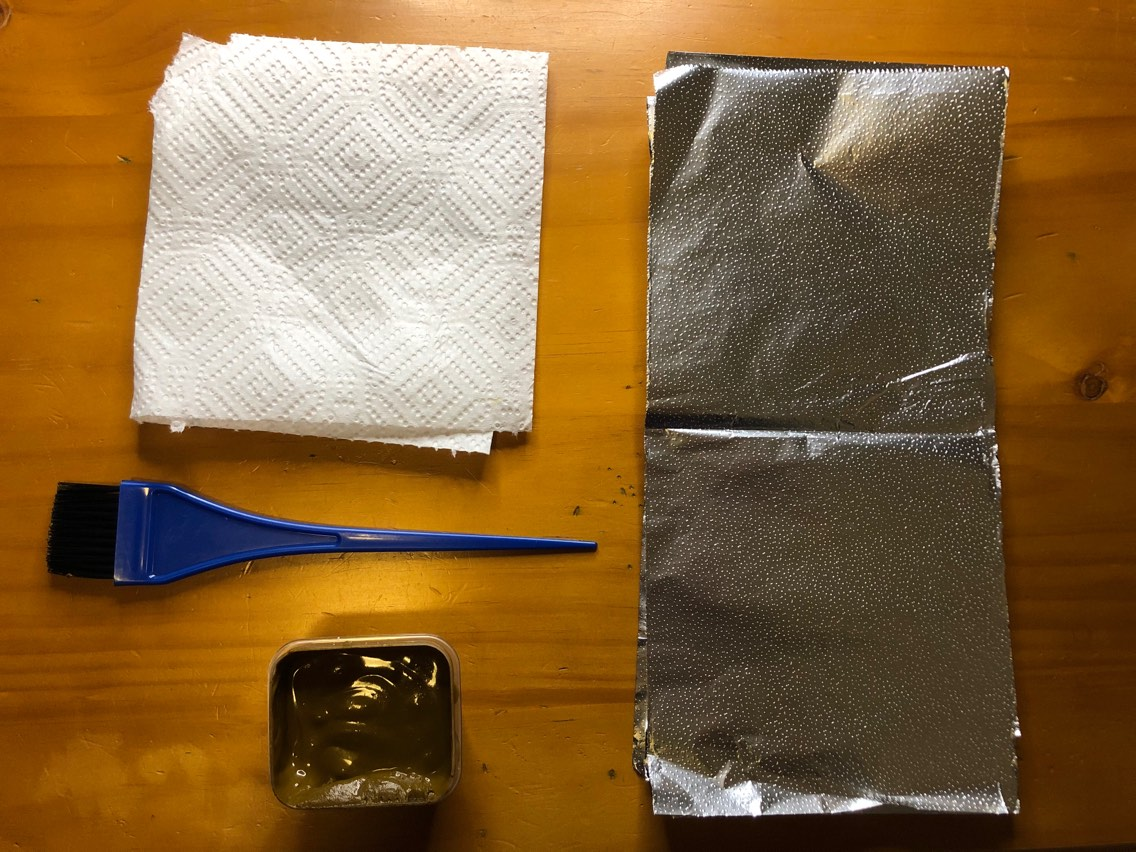
Many people ask if they should bleach their hair before they henna. I decided to set up henna and bleach trials to see what differences I might get for different situations.
As we all know, lightening your hair is not always the ideal option, as this is a chemical hair process, but it can help achieve lighter colors that you may not be able to get by only hennaing. You can find more information in chapter 10 lightening your hennaed hair in our e-book.
Hair and Mix Prep
My test began with harvested hair from my brush. My natural hair color is black with no gray. When I use henna, my hair has a red shine in the sun with great conditioning benefits.
Each of the hair samples have different variables, however, they all were washed with Dawn dish soap before each henna application. I mixed Rarity henna with lemon juice and dye released at room temperature for 9 hours. All the samples had the same processing time of 4 hours, as well as controlled lightening times. I used equal parts 20 volume developer with lightening powder.
Trials
Test 1: This particular sample hair was hennaed two times, then bleached for 30 minutes. I redid this test because I left the bleach on the first sample longer than intended. The bleach was meant to sit for 30 minutes and I left it on for an hour.
Test 2: The hair sample in this test was hennaed, bleached for 30 minutes, and hennaed again.
Test 3: This sample was colored, bleached for 30 minutes twice, hennaed, and hennaed again.
Test 4: Hair sample number 4 was bleached to damage by bleaching three times at 30 minutes, hennaed, then hennaed again.
Test 5: This hair sample was bleached for 30 minutes, hennaed, and hennaed again.
These tests mimic what we see often in customer service and potential clients. We understand that everyone who is new to henna likely has hair that has been chemically treated previously.
Henna and Bleach Trials in Photos
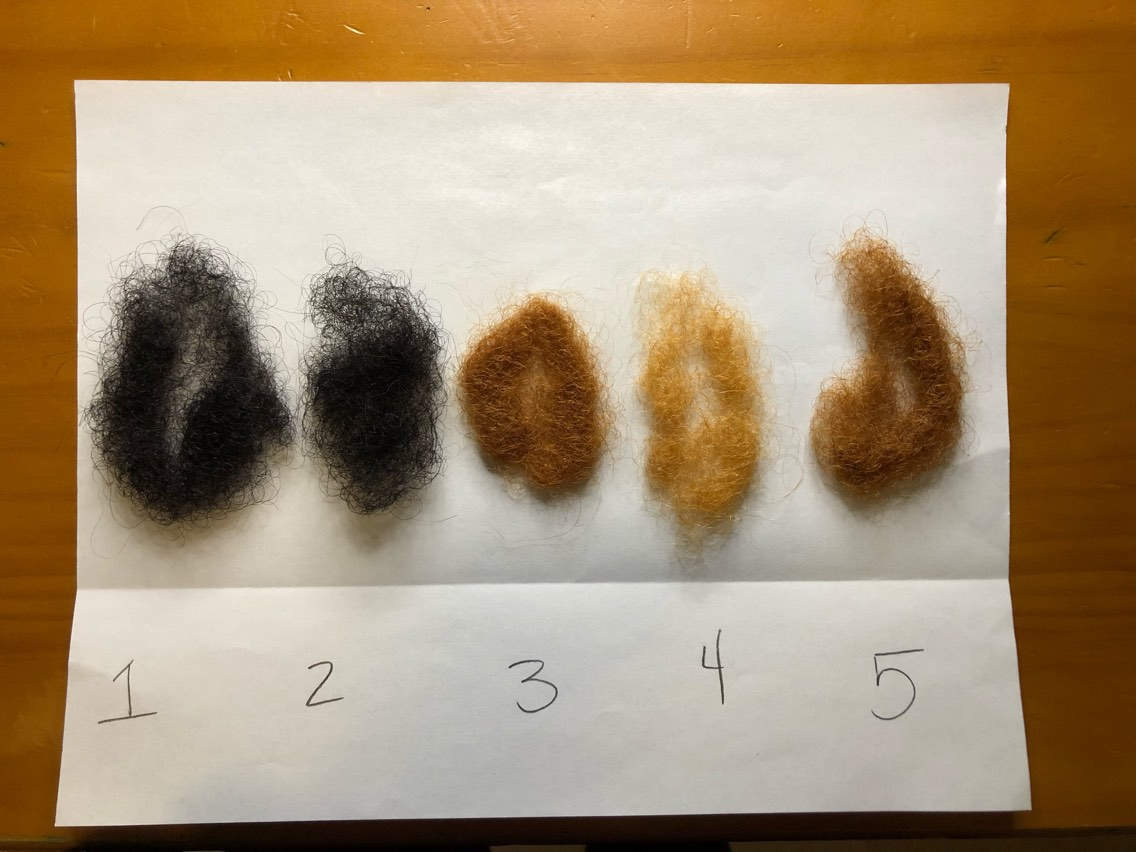
I prepared my hair for the first henna application. Here we have the hair at different levels of lightening to see how the results may vary. Number 3 and 5 are very similar in color.
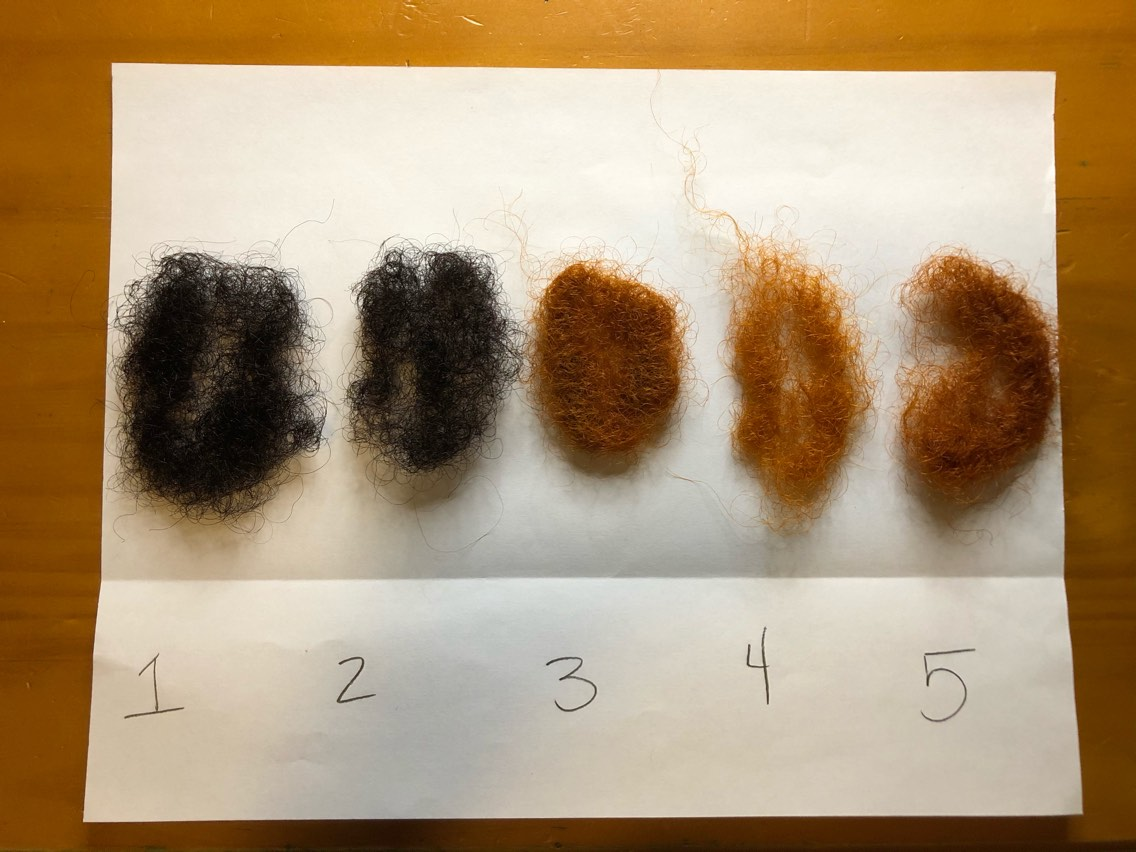
Number 3 and 5 continue to be very similar.
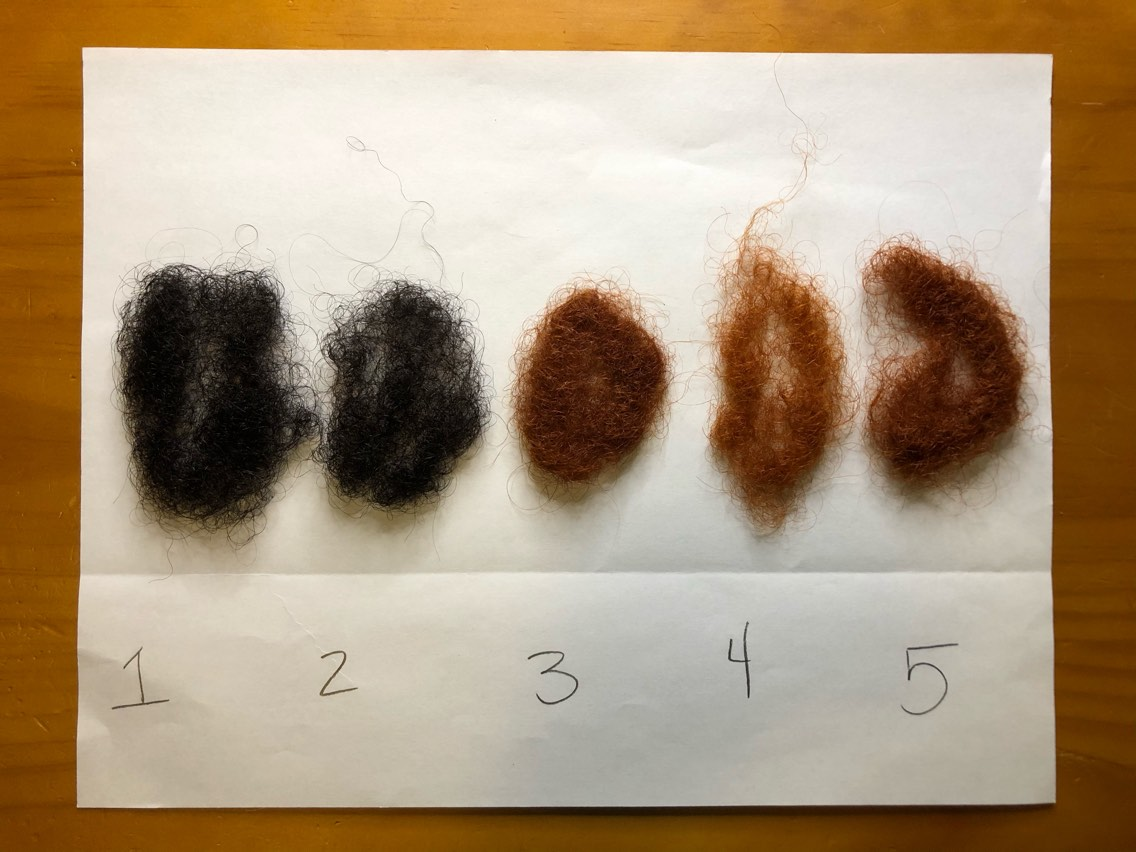
The samples have darkened after oxidation. Number 2 is ready to get lightened.
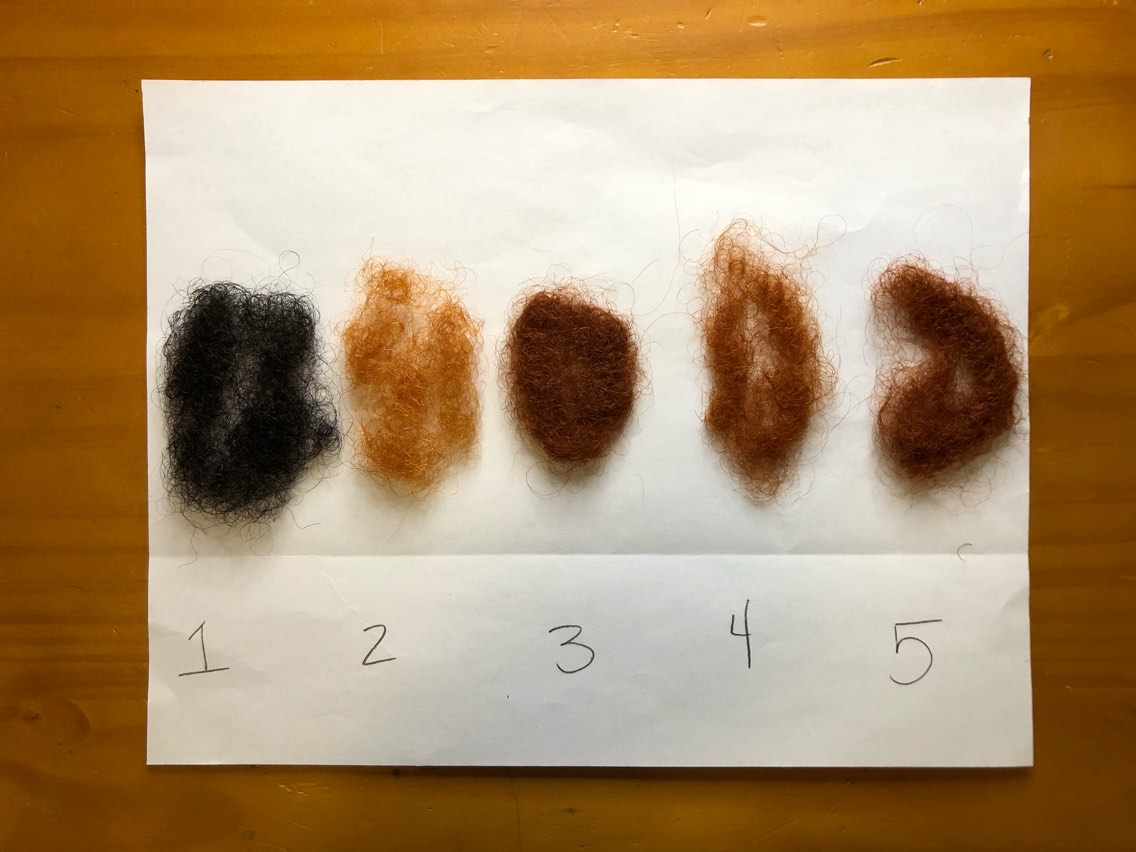
Number 2 is very light compared to the others. It appears brighter than the hair when it is lightened before henna.
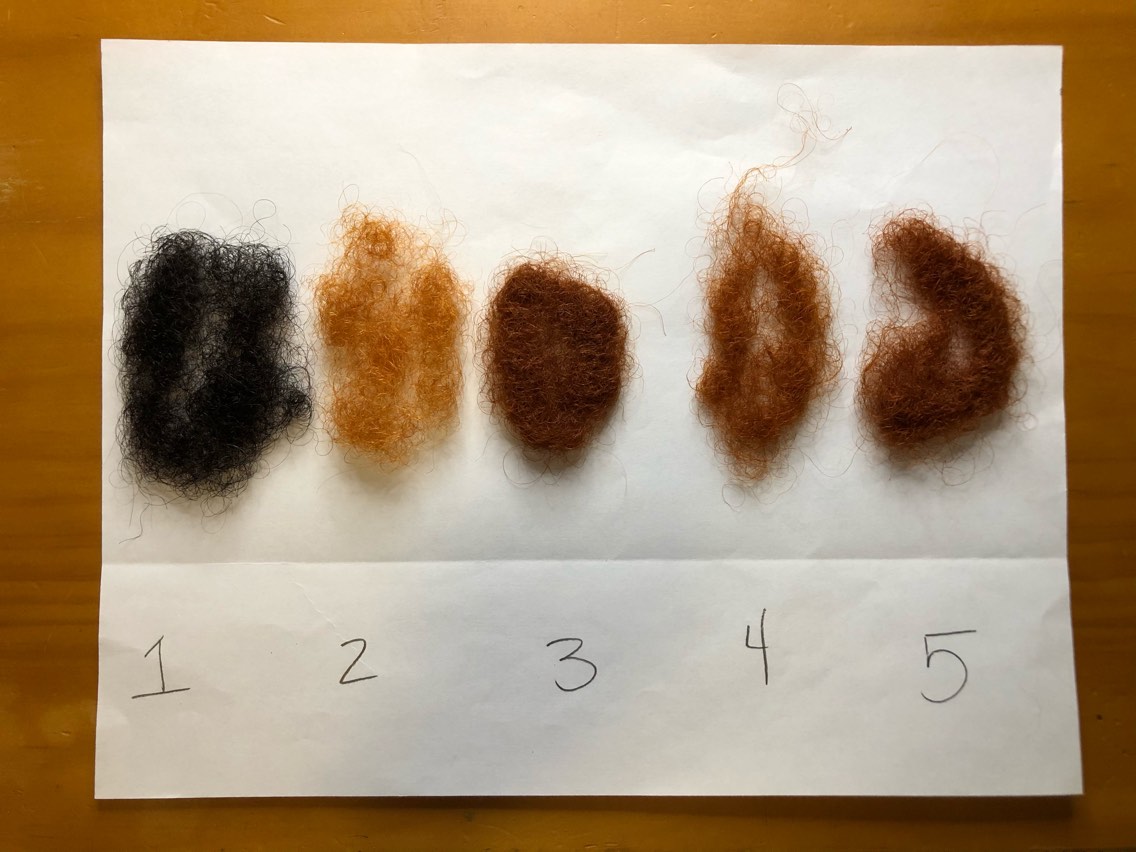
Number 4 is still lighter than number 3 and 5, as they stay very similar.
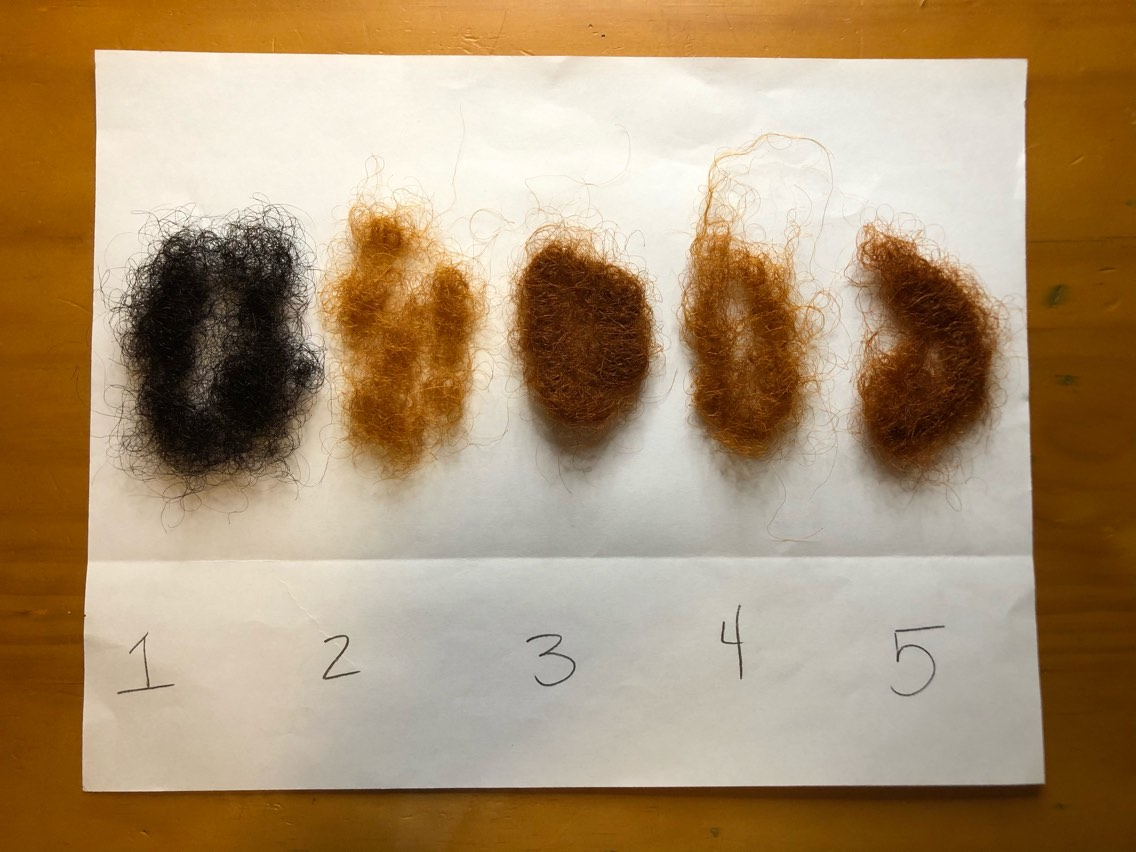
Henna application has helped to darken all samples.
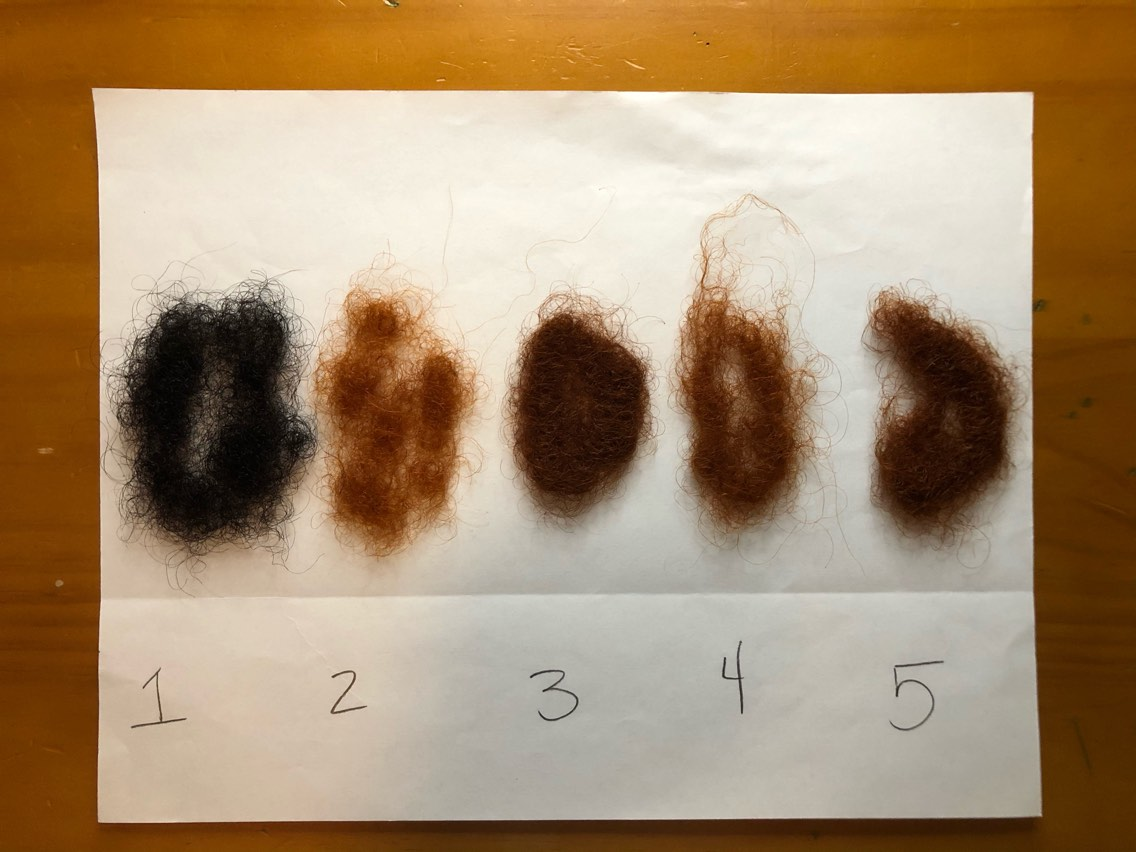
The samples are darker with oxidation and we prepare to lighten number 1
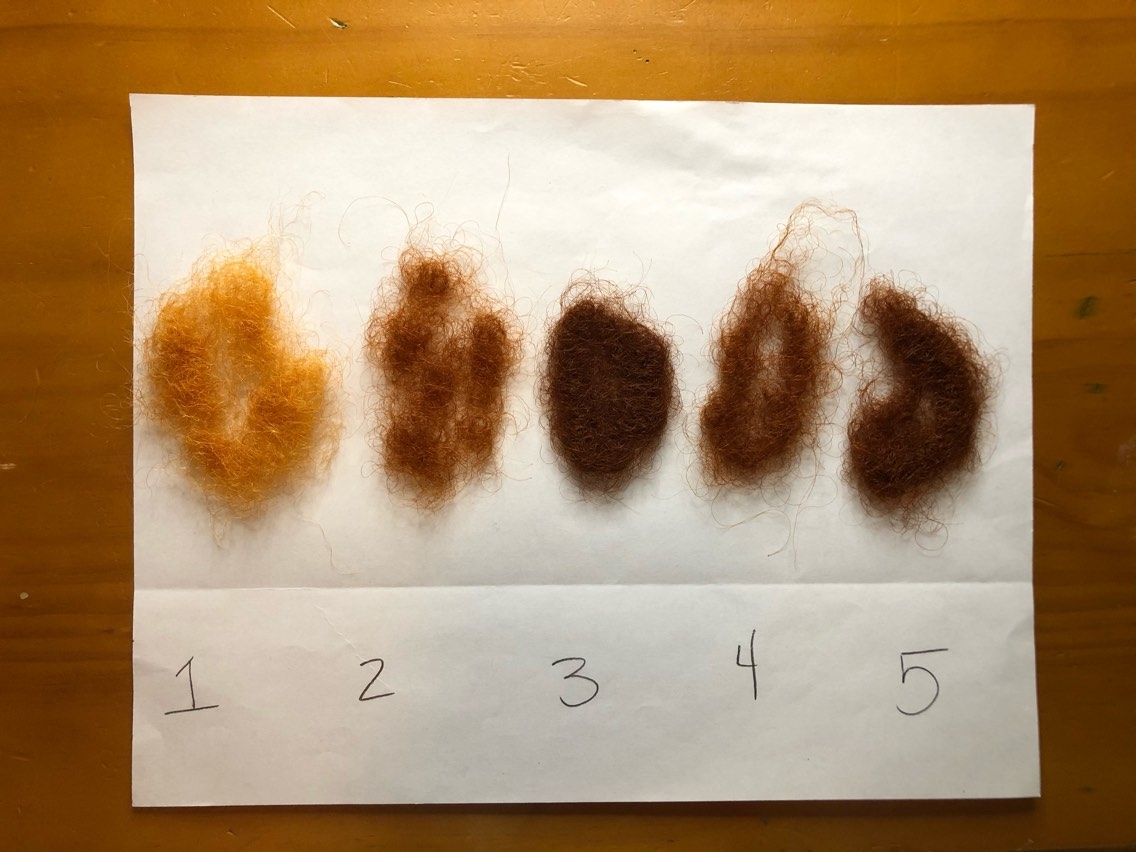
Slight fail as I let the sample sit too long
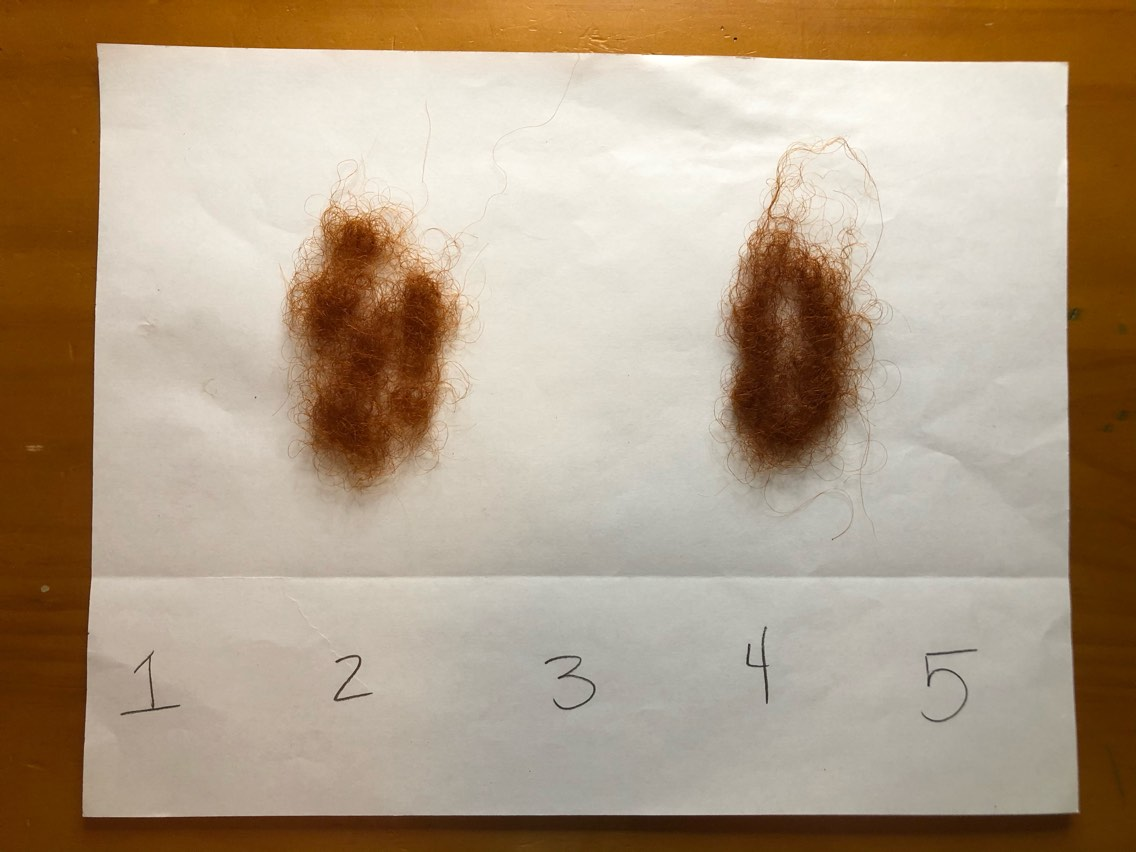
Number 2 and 4 are similar in color. Number 2 does appear to be lighter.
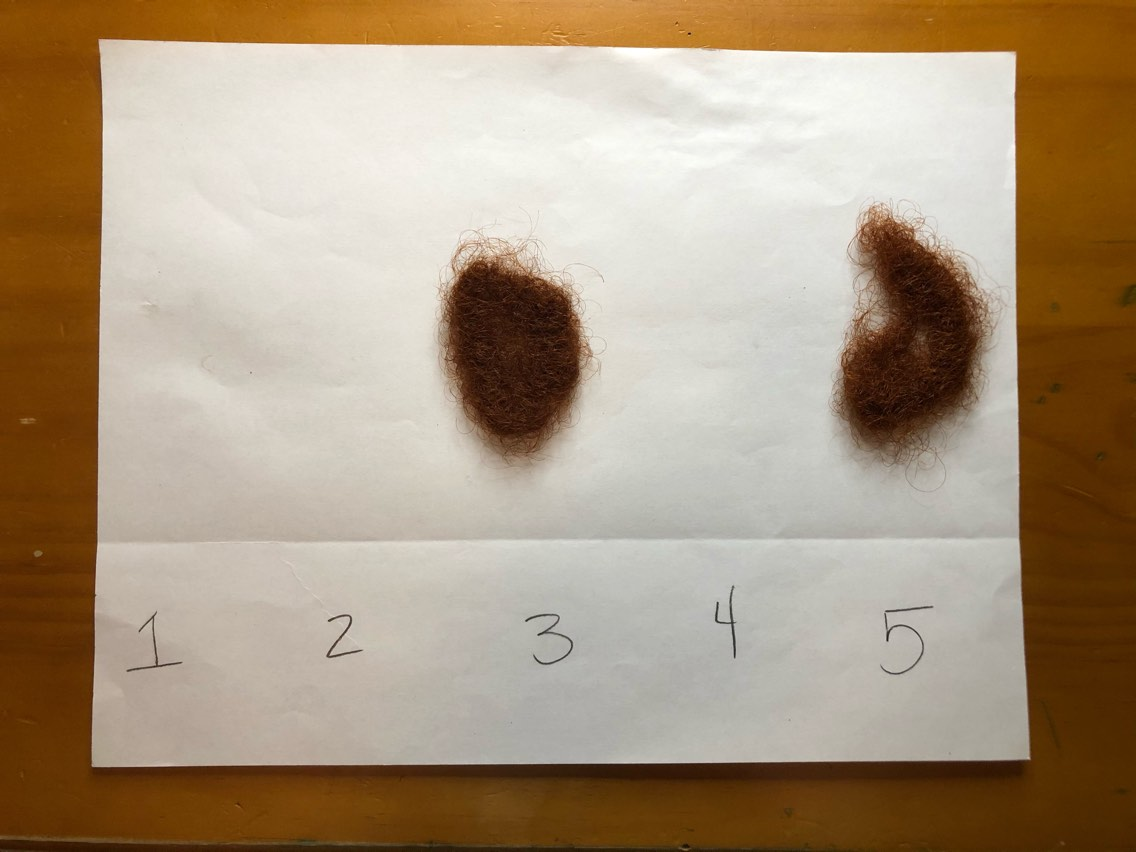
Number 3 and 5 are still very similar.
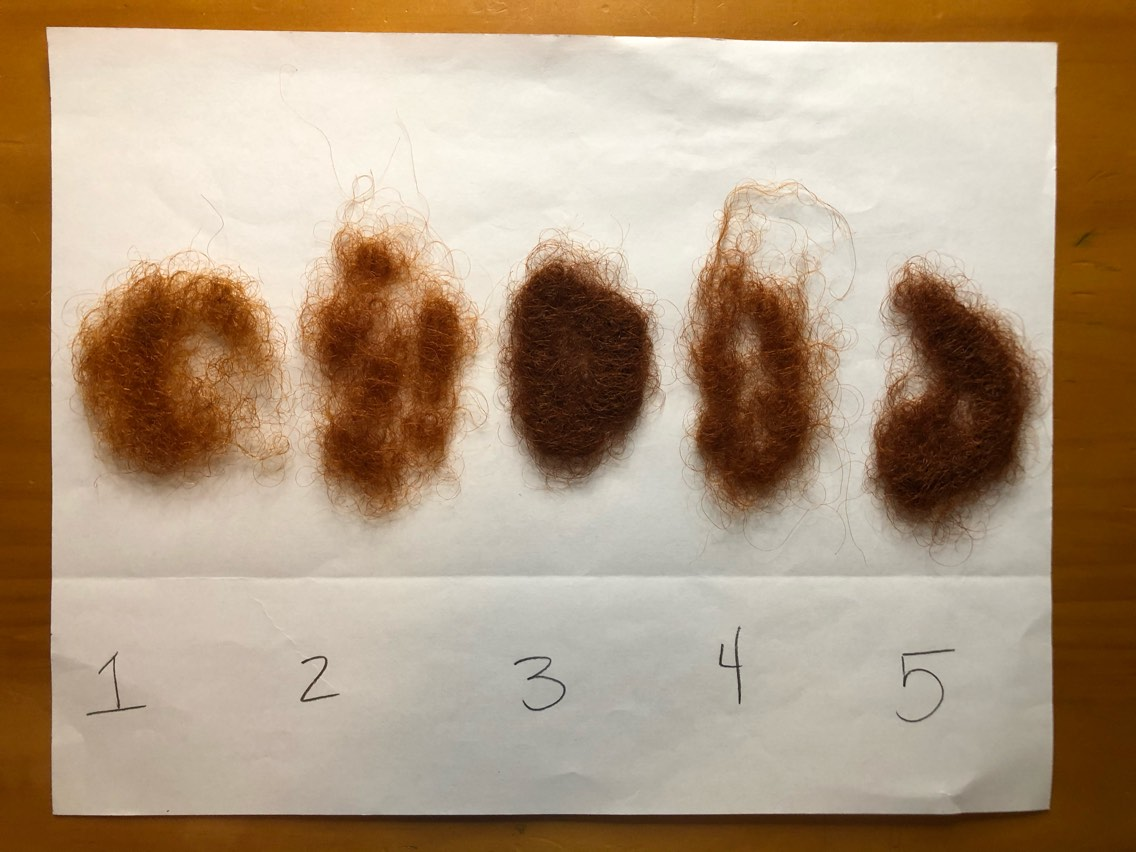
I recreated number 1 to get a more accurate result.

Here are all samples done to see the difference.
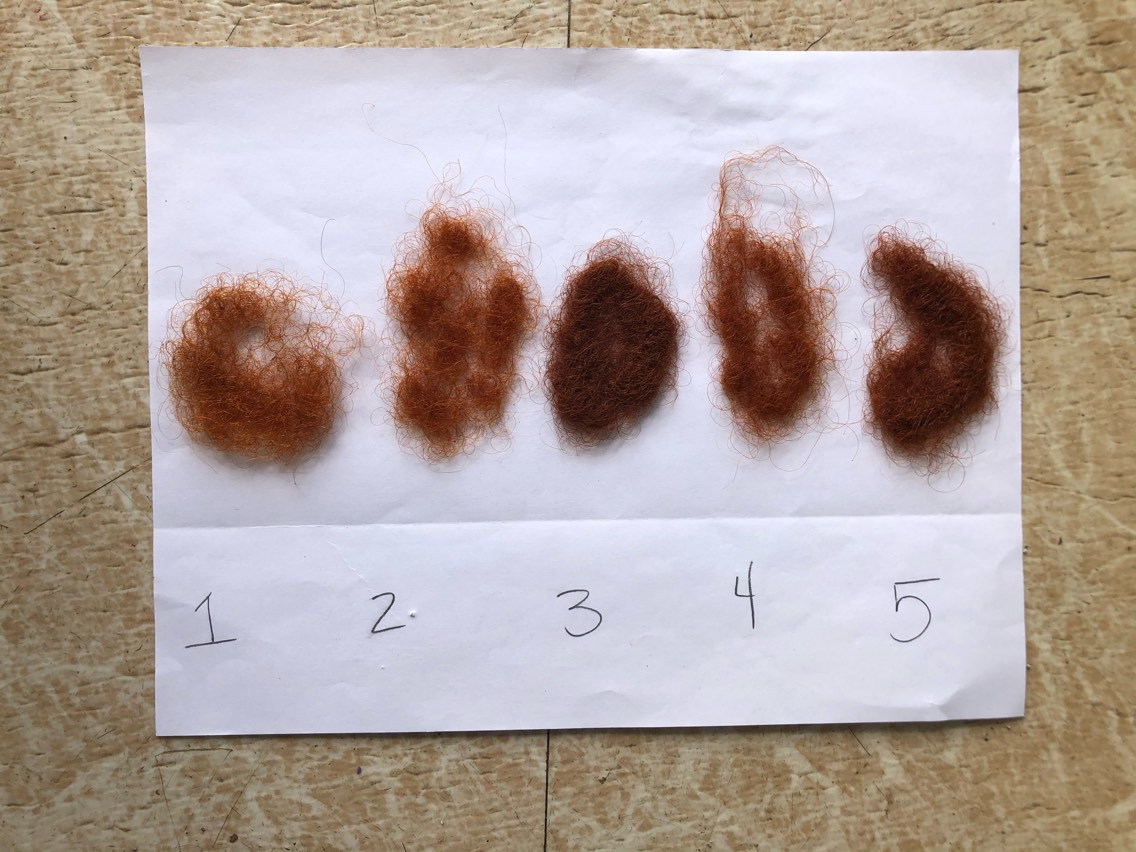
Here are the samples in natural light to see the difference from the concentrated indoor lighting.
In conclusion, the results were a little surprising to me. I knew that number 3 would come out darker because it was colored first. Numbers 1 and 2 are lighter than expected, as they both started with henna. Numbers 4 and 5 are exactly how I thought they would come out. Overall all of the samples are a lovely color.
To read about how henna can help damaged hair, check out this blog: https://www.ancientsunrise.blog/highlights-the-benefits-of-henna/
 Damaris • Licensed Cosmetologist • Ancient Sunrise Specialist
Damaris • Licensed Cosmetologist • Ancient Sunrise Specialist





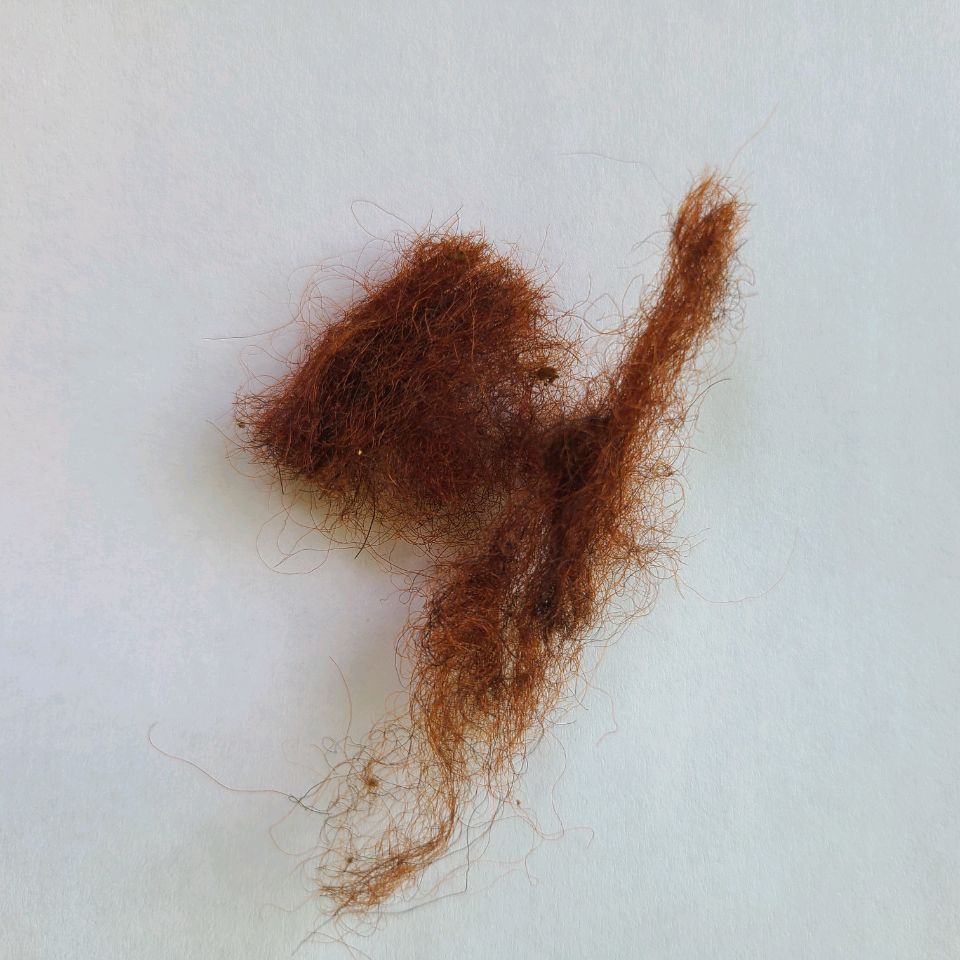

















 Maria • Ancient Sunrise® Specialist • Licensed Cosmetologist
Maria • Ancient Sunrise® Specialist • Licensed Cosmetologist






